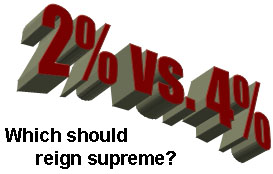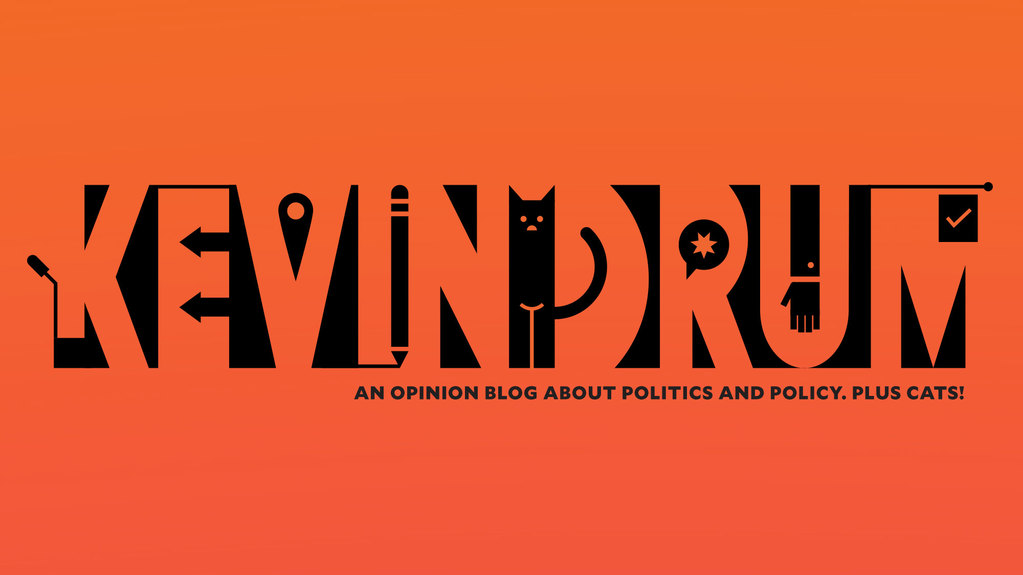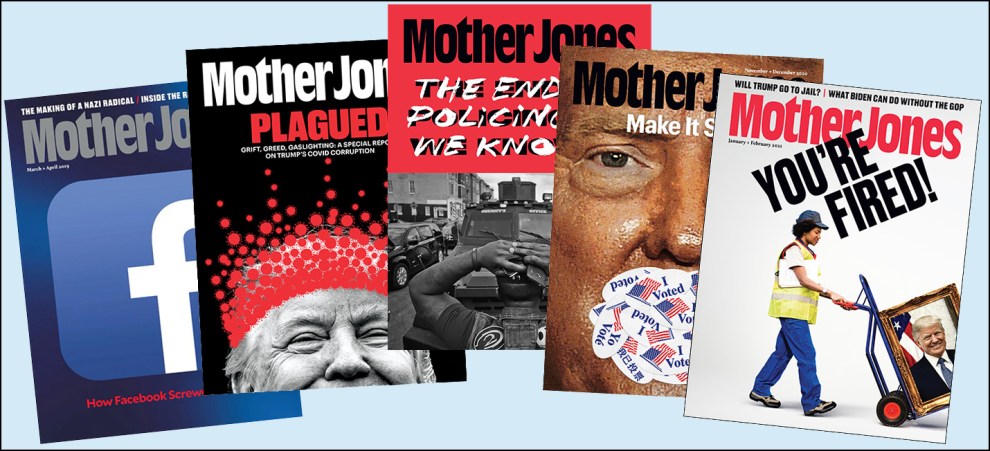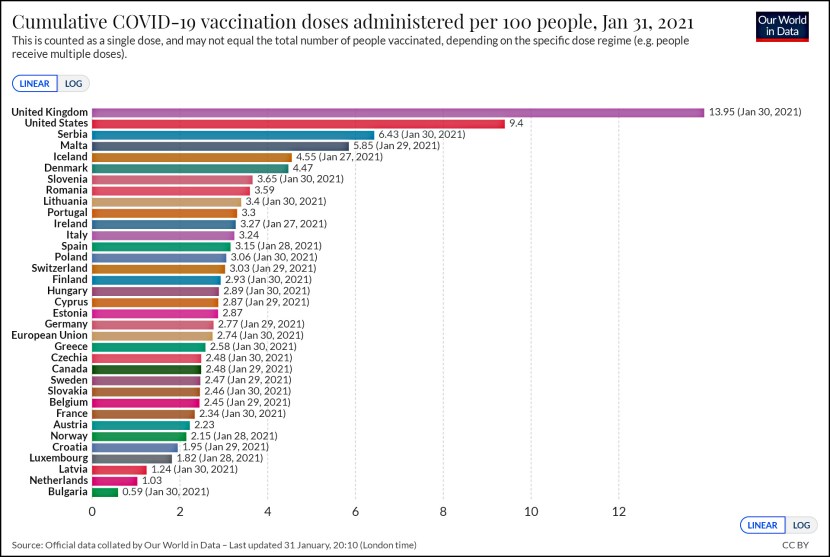In general, which is a better inflation target: 2% or 4%? Matt Yglesias ponders the question here. I’ve long thought that the higher target is better for a variety of reasons (spurs consumption, allows wages to react to recessions faster, provides greater monetary flexibility, etc.), but my crude understanding of the situation is that even if this  is all true, policymakers are afraid that once inflation targets get above 2% or so, you run the risk of a runaway spiral. Inflation of 4% is OK, but when that turns into 5% and then 7% and then 10%, you’ve got a big problem. And that’s what happens if you’re anything but maximally hawkish.
is all true, policymakers are afraid that once inflation targets get above 2% or so, you run the risk of a runaway spiral. Inflation of 4% is OK, but when that turns into 5% and then 7% and then 10%, you’ve got a big problem. And that’s what happens if you’re anything but maximally hawkish.
But what I don’t know is whether history really supports that view. Aside from episodes of hyperinflation, which aren’t really germane to our situation, do inflation targets higher than 2% often lead to an inflationary spiral? In America, the obvious historical episode is the high inflation of the 70s, but that had a variety of causes, and it’s not clear that inflation targeting (implicit in this case, since the U.S. Fed doesn’t have an explicit target) had anything to do with it.
Anyway, comments welcome. It’s obvious that a higher inflation target right now would probably be a pretty useful thing, but how about as a general policy? Would markets go crazy, convinced that the Fed would keep raising the target whenever the economy needed a bump? Or would they shrug after a while and just revert to all of their usual non-inflation-related pathologies? My guess is the latter, but what do I know?

















